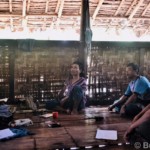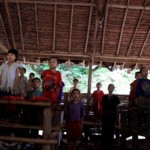Burma Link | June 22, 2017
Marking the World Refugee Day on June 20, 2017, the Karen Student Network Group (KSNG) released their position on refugee return to Burma in a press conference organised in Mae Sot on the Thailand-Burma border.
The border area has witnessed one of the most protracted displacement crisis in the world and is currently home to nine refugee camps with around 100,000 residents. The KSNG, an independent student group made up of over 15,000 members, is active in most of the camps and aims to create a better understanding among Karen students and youths for united political goals and objectives.
The position paper is based on the outcomes of a consultation that KSNG held in Mae La Oon refugee camp in December 2016 with around 120 representatives including Karen youth leaders, women representatives, camp leaders, and local human rights and advocacy organisations.
The paper includes 19 points divided into two main positions – pre-departure of refugees and post-departure and reintegration of refugees – and is released at a critical time as conditions in the camps continue to deteriorate and refugees feel pressured to return to Burma before it is safe to do so.
The refugees who remain in the camps face a grim reality being forced to survive on inadequate and continuously decreasing assistance whilst also being increasingly pressured to return. As the refugees and Internally Displaced Persons (IDPs) mostly fled conflict in and around their villages coupled with Burma Army abuse and terrorization – including the burning and destruction of over 3,500 villages – one of the main impediment for refugees to return is ongoing Burma Army militarisation.
By contrast to popularly held beliefs by many international actors about sweeping reforms and historical ceasefires in Burma, the Burma Army has fortified their army camps and built several new bases next to Karen villages since the Karen National Union (KNU) signed a bilateral ceasefire in 2012.
In Papun district alone, the number of Burma Army camps in Karen areas has increased from 65 to 81 since the ceasefire was signed. Accordingly, one of the points put forward by the KSNG calls for Burma Army camps to be relocated away from Karen villages, a call also demanded by thousands of Karen IDPs in Ei Thu Hta IDP camp on May 24th.
Other safety concerns that the refugees raise include the uncertain peace process and full-blown war in Burma’s north coupled with sporadic conflict in Karen areas and lands riddled with landmines. “The on the ground situation shows that it is not safe for the refugees to return,” Saw Htoo Htoo Stin, President of the KSNG, told Burma Link at the event.
The refugees have already been severely traumatised and they should not be directly or indirectly forced to return to face these unsafe circumstances. The anxiety among refugees is clearly manifested in troubling trends recently documented by both local and international organisations.
On June 20th, the International Organisation for Migration (IOM) published a study showing a sharp increase in suicide rates in Mae La camp, the largest of the Karen camps with nearly 40,000 residents. According to the study, 28 refugees in Mae La have killed themselves and 66 have attempted suicide in the last two years, more than three times the global suicide rate. Many of the victims are youth whose futures have become increasingly uncertain.
The youth, however, refuse to stand by as their futures hang in the balance. “When we talk about refugees, people see us as the victims of oppression, but we would like them to see us as survivors. We are freedom fighters, we fight for our rights. This is not the right time to return yet, because there is not a real peace in the country yet,” Debary Kunoo, the Vice-President of the KSNG, told Burma Link.
The conditions and preparedness for refugee return inside Burma have not improved since the NLD-led Government took office. According to the KSNG analysis outlined in the position, “the NLD led government has no plan for refugee repatriation and no dialogue has taken place over the issue of refugees. Political instability and un-readiness from the Burma government side have led us to conclude that it is not a conducive time for refugees to return.”
Furthermore, refugees and refugee-led organisations have repeatedly voiced concerns about lack of meaningful consultation and inclusion of refugees in the planning. During the first UNHCR facilitated return of 71 refugees from Nu Po and Tham Him camps in October 2016, the Karen Refugee Committee (KRC), which is the overall representative of Karen refugees, was left out of the planning and not informed about the process.
“The stand point of KSNG is that returnees should be provided with information and this can only be done by grassroots organisations and civil society organisations,” said Saw Htoo Htoo Stin, when discussing the first facilitated return.
The KSNG position largely echoes that of other refugee-led organisations such as the KRC, but with a particular focus on youth issues and emphasis on recognizing refugee education certificates. Many points put forward by the Karen students, however, stand in stark contrast to the UNHCR’s “Strategic Roadmap for Voluntary Repatriation,” which documents strategies for refugee return and outlines the agency’s benchmarks for facilitated and promoted voluntary returns.
The UNHCR lists as one condition for facilitated return as follows; “Knowledge of landmines in the location of return is shared and MRE
As for the conditions for promotion of voluntary return of refugees listed by the UNHCR, many points are unacceptable for those who understand the conditions on the ground.
The KSNG, for example, emphasise the need for a countrywide nationwide ceasefire, whilst the UNCHR lists having a “Nationwide Ceasefire Agreement and/or other durable ceasefire agreements” signed as one of the benchmarks.
It is highly concerning that this requirement is already fulfilled although the Nationwide Ceasefire Agreement signed in October 2015 is not nationwide and has in fact resulted in increased conflict and polarization between groups that signed the pact and those who did not or were deliberately excluded by the government.
Safety is refugees’ top concern and it cannot be guaranteed until the root causes of the conflict have been resolved through political dialogue. Until a meaningful voluntary return of refugees and other displaced populations is possible, and refugee education is recognized by national and international institutions, it is vital that international community continues to support refugees and education along the border.
“Most of the donors that support the refugees, they put pressure on the refugees to return, because they believe that there is peace in Burma. But in reality, peace is just skin deep, it’s not going very deep. We would like to request the donors to keep on supporting the youth and refugees,” Saw Htoo Htoo Stin told Burma Link.
“We are refugees. Don’t forget us and please continue to support us.”

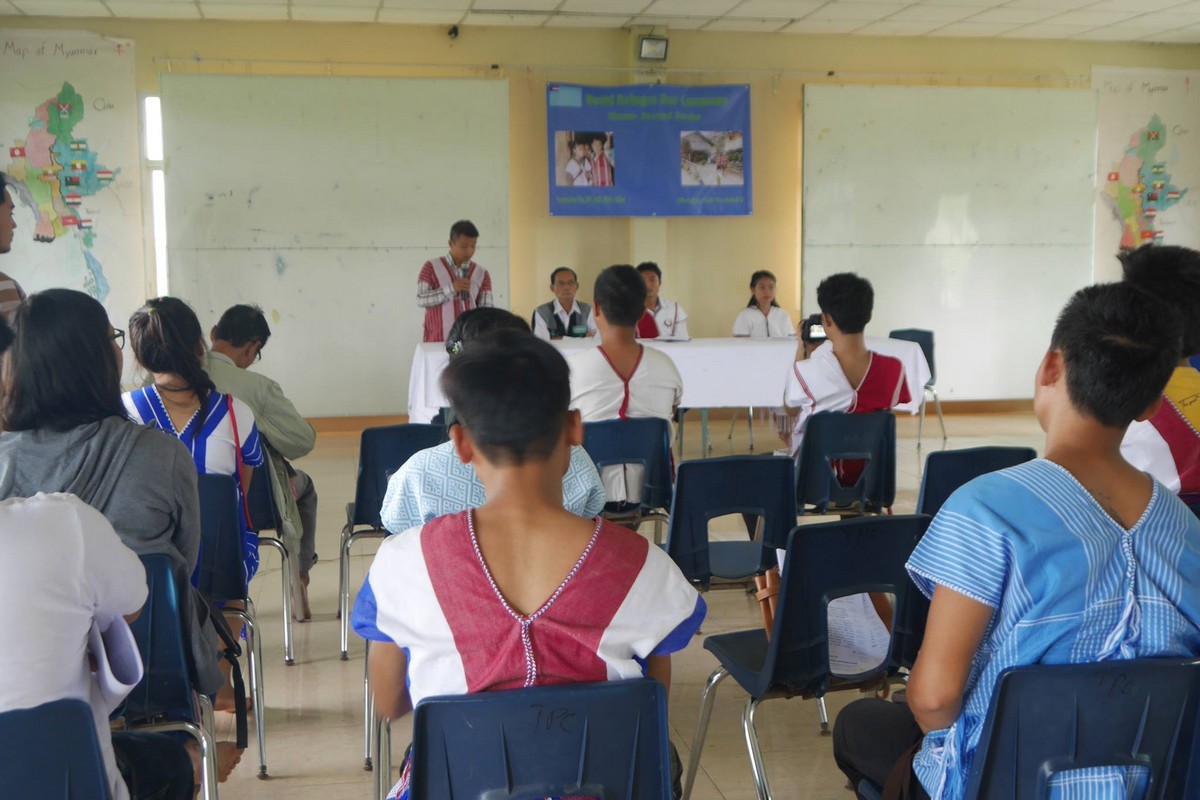
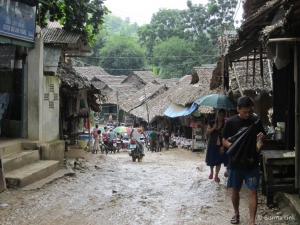
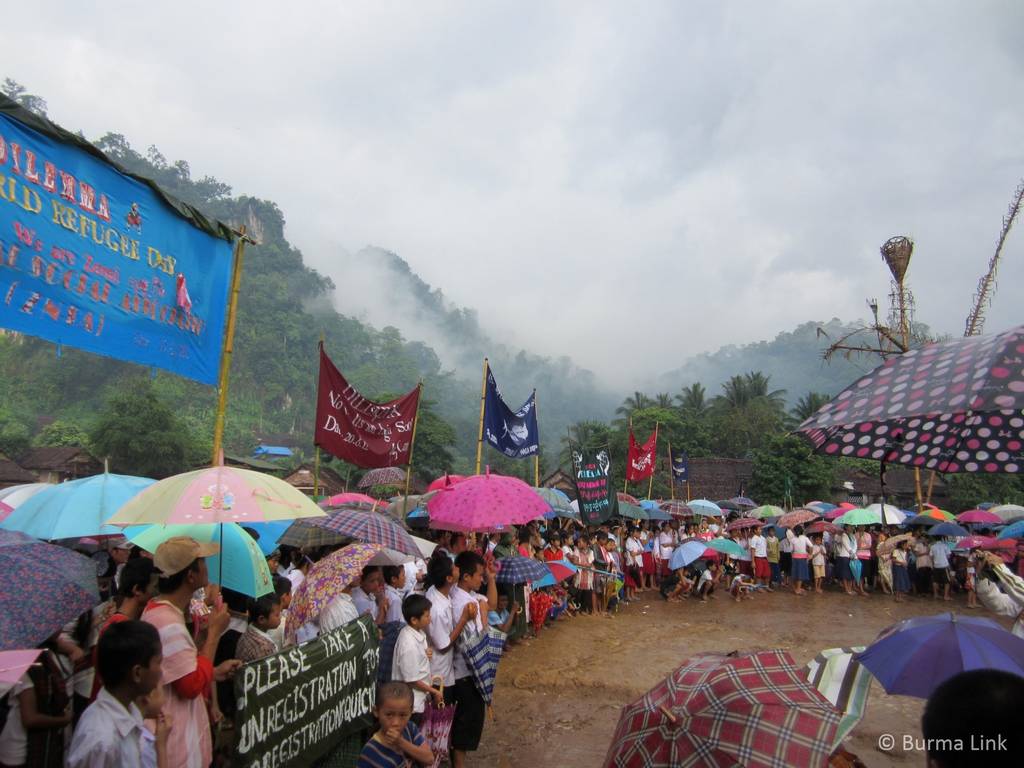
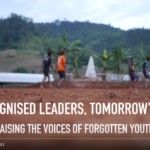

![‘The Burma Army Killed Him [Saw O Moo] – At Least the Government or the Army Should Commit to Not Do This Again’: Paul Sein Twa, Executive Director of KESAN](https://www.burmalink.org/wp-content/uploads/2018/05/Saw-O-Moo-commemoration-Paul-Sein-Twa-speaking-2-150x150.jpg)
